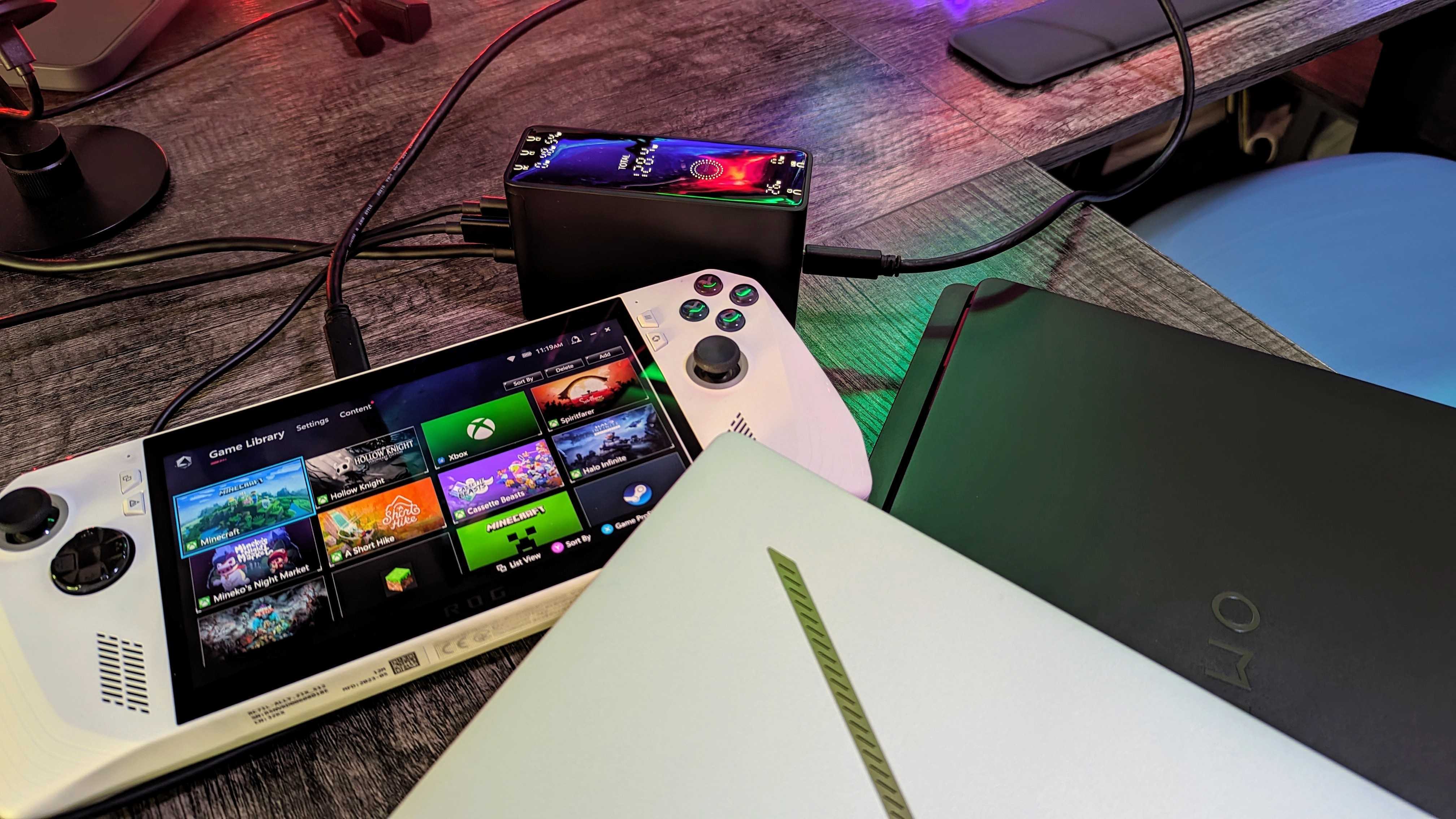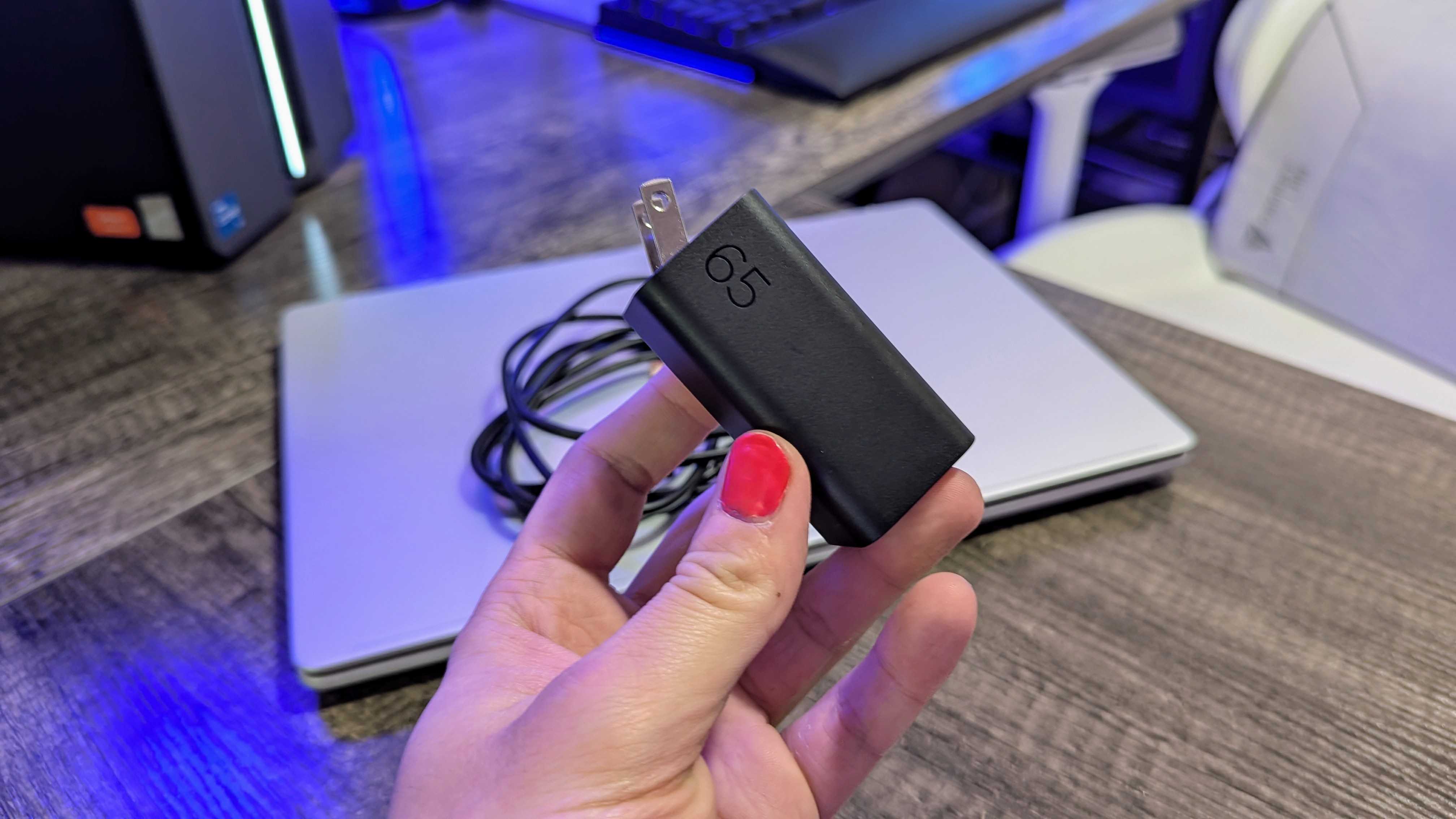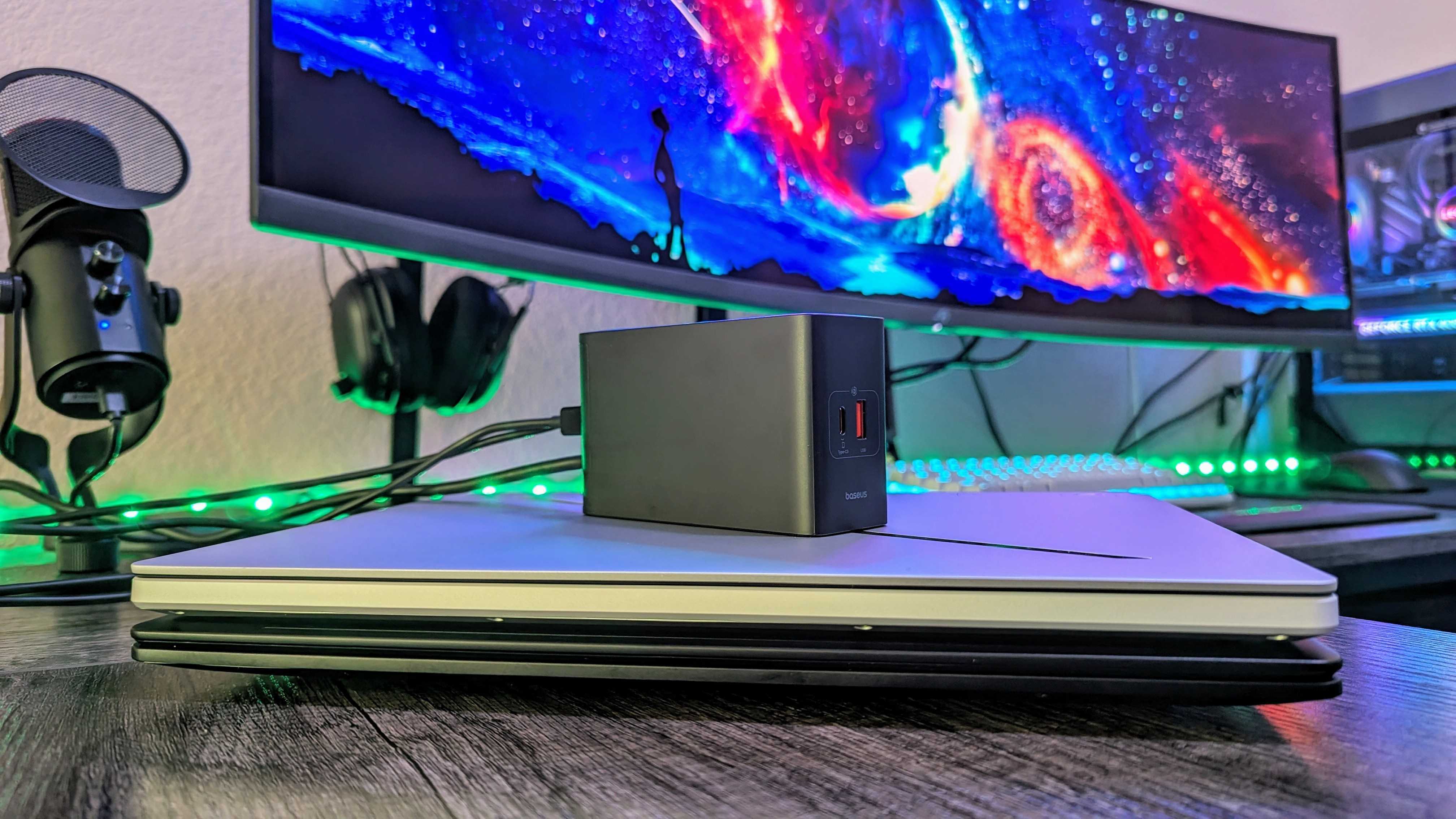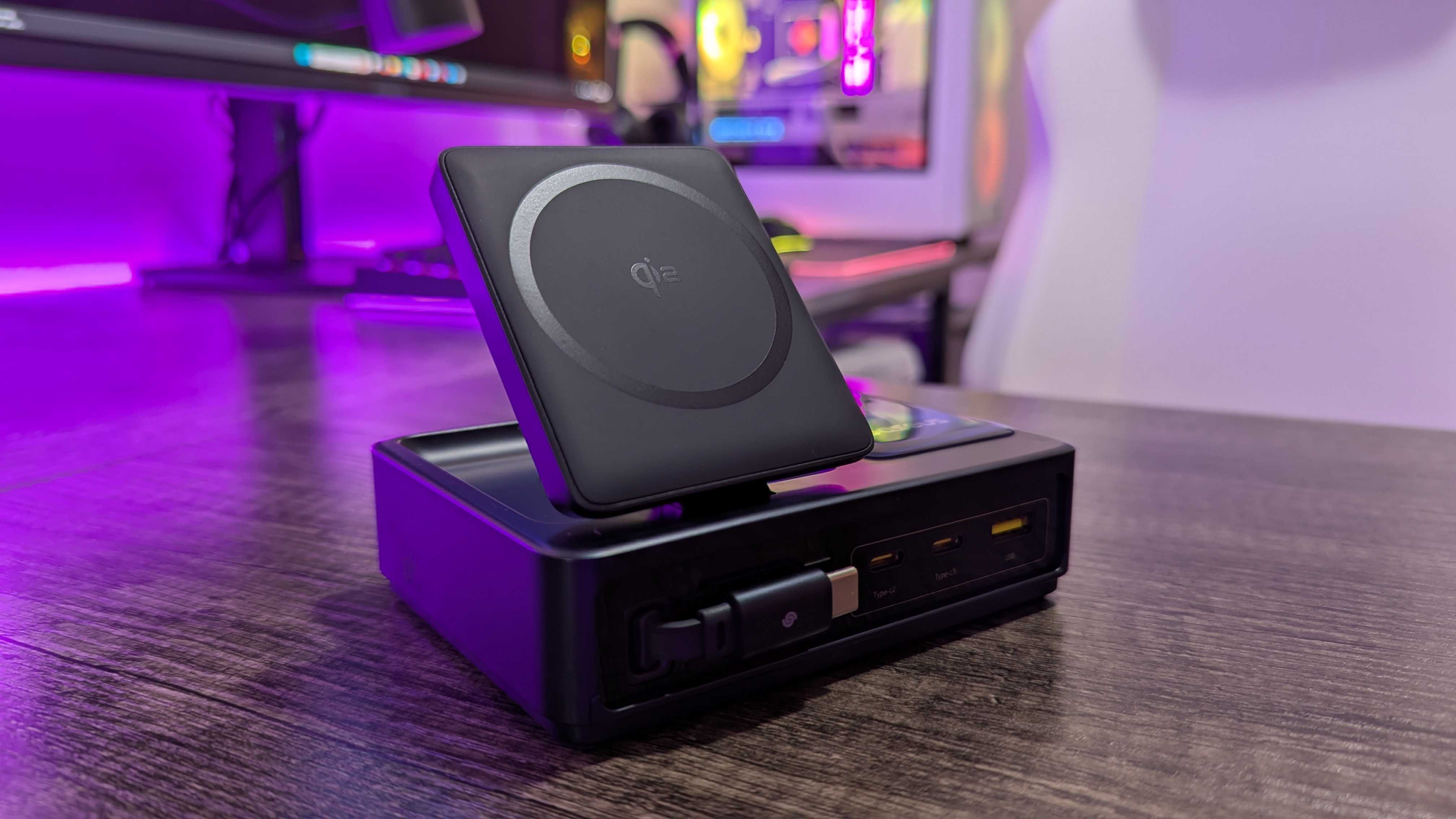What are GaN chargers? Here's how Gallium Nitride charging technology works, and why you should care about it
GaN chargers are smaller, lighter, more powerful, and more efficient than normal chargers — but how do they actually work?

Chargers may not be terribly exciting, but they are incredibly important for keeping you connected to the digital world. A new development in recent years has made the best charging accessories more compact, efficient, powerful, and versatile, too.
That would be Gallium Nitride (or "GaN") technology, a completely new approach compared to standard silicon chargers that is becoming more widespread over time — but what is GaN, and is it really that big of a deal?
Yes, and I'll explain exactly why.
What is Gallium Nitride (GaN) technology?
Standard chargers — the kinds we've all been using for years to charge our phones, laptops, and accessories — are based on silicon, the same semiconductor material that's used in almost every tech you've ever used, including the processors that power our phones and computers.
We've been getting the job done with standard silicon chargers for a long time, but gallium nitride is a newer kind of semiconductor that, while generally more expensive, provides a ton of benefits for keeping our tech juiced up.
Gallium nitride has actually been used since the 1990s in a variety of electronics, such as light-emitting diodes, transistors, and amplifiers. It's not as commonly used as silicon, though, which has been the king of semiconductors because it's cheaper, easier to manufacture and handle, and better suited to low-voltage applications — but companies have been investing heavily in gallium nitride over the last few years because of its unique strengths over silicon.
Thanks to advancements in research and massively improved manufacturing techniques, gallium nitride could replace silicon as the go-to semiconductor in a variety of applications. For us regular people, though, charging is where GaN tech is most exciting.
All the latest news, reviews, and guides for Windows and Xbox diehards.
How do GaN chargers work, and why should I care?
Fundamentally, GaN chargers do the same thing as traditional silicon chargers: convert the Alternating Current (AC) from your outlet into a Direct Current (DC) that the batteries in your devices can accept.
However, gallium nitride is a more powerful and efficient semiconductor than silicon, so it can handle higher voltages, and less energy is lost as heat during the conversion process.
Because of the advantages of gallium nitride, GaN chargers benefit from:
- Being much smaller and lighter. Gallium nitride runs much cooler than silicon because of its superior efficiency, so fewer additional components (like heatsinks) are required to build a safe, reliable, and capable charger.
- Supporting much higher output. GaN chargers can also handle higher voltages than silicon, resulting in much faster charging speeds and more total power in the same space.
- Handling multi-device charging. Combining that efficiency and power means that GaN chargers can handle multiple devices simultaneously, smartly dividing power between ports without risking overheating or undercharging.
The only real downside of gallium nitride is that it is more expensive to work with, and therefore GaN chargers tend to be more expensive, but the gap isn't as wide as you'd expect — and it's closing.
GaN chargers requiring fewer components than silicon alternatives save companies money, more costs are saved as GaN chargers become more popular and manufacturing scales up, and modern manufacturing techniques are more precise and efficient nowadays anyway.
What are some of the best GaN chargers right now?
Some laptop manufacturers are beginning to move to GaN chargers, such as with the HP OmniBook 5 14 (G1q) I went hands-on with, which is awesome, but one of the greatest advantages of GaN is with charging multiple devices.
There's a growing ecosystem of GaN chargers and charging accessories, but that doesn't mean they're all created equal. Personally, I have the most experience with companies like Baseus and Anker.
I still have the Baseus Nomos 5-in-1 Desktop Charger I reviewed on my desk, which boasts 140W of combined power spread across three ports and a retractable USB Type-C cable, and there's even a built-in 15W Qi2 wireless charging stand.
You can pick that Baseus charger up for $149.99 at Amazon.com, and I highly recommend it. You can also explore the Baseus store at Amazon.com for some other GaN products.
For more options across a wide range of price points, you can check out the Anker store at Amazon.com. Anker is one of the most trusted brands for chargers and charging accessories, so you can't really go wrong here.

Zachary Boddy (They / Them) is a Staff Writer for Windows Central, primarily focused on covering the latest news in tech and gaming, the best Xbox and PC games, and the most interesting Windows and Xbox hardware. They have been gaming and writing for most of their life starting with the original Xbox, and started out as a freelancer for Windows Central and its sister sites in 2019. Now a full-fledged Staff Writer, Zachary has expanded from only writing about all things Minecraft to covering practically everything on which Windows Central is an expert, especially when it comes to Microsoft.
You must confirm your public display name before commenting
Please logout and then login again, you will then be prompted to enter your display name.



